5 Tiny Planters That Pack a Big Family-Friendly Décor Punch (Plus Tips & Tricks!)
Mini planters — cute, versatile, and perfect for adding greenery without taking over your living room — have become a staple in modern home decor. But when you’ve got kids, pets, or just want a stress-free space, choosing the right ones becomes more than just about looks.
In this guide, we’ll walk you through everything from safe materials to stylish designs that make life easier (and cuter). Let’s dig in!
Table of Contents
- Why Mini Planters Work for Family Spaces
- Top 5 Mini Planters for Families
- Design Tips: Making Plants Part of Family Life
- Maintenance Hacks Every Parent Needs
- Buying Guide: What to Look For in Family-Friendly Mini Planters
- Final Thoughts
Why Mini Planters Work for Family Spaces
Big plants can be intimidating. They tip over easily, take up too much space, and sometimes even pose choking hazards for little hands. Mini planters offer a smarter solution:
- They’re lightweight and less likely to topple over.
- Easier to move around for cleaning or rearranging rooms.
- Kids can “help” water them — with supervision, of course.
- Can double as decorative objects once the plant is done.
| Feature | Mini Planters | Large Floor Pots |
|---|---|---|
| Child Safety | ✅ Safe edges, light weight | ⚠️ Can tip easily |
| Mobility | ✅ Easy to move | ❌ Heavy, hard to relocate |
| Aesthetic Flexibility | ✅ Mix and match styles | ✅ Classic appeal |
| Kid Engagement | ✅ Great for toddler interaction | ❌ Risky if unsupervised |
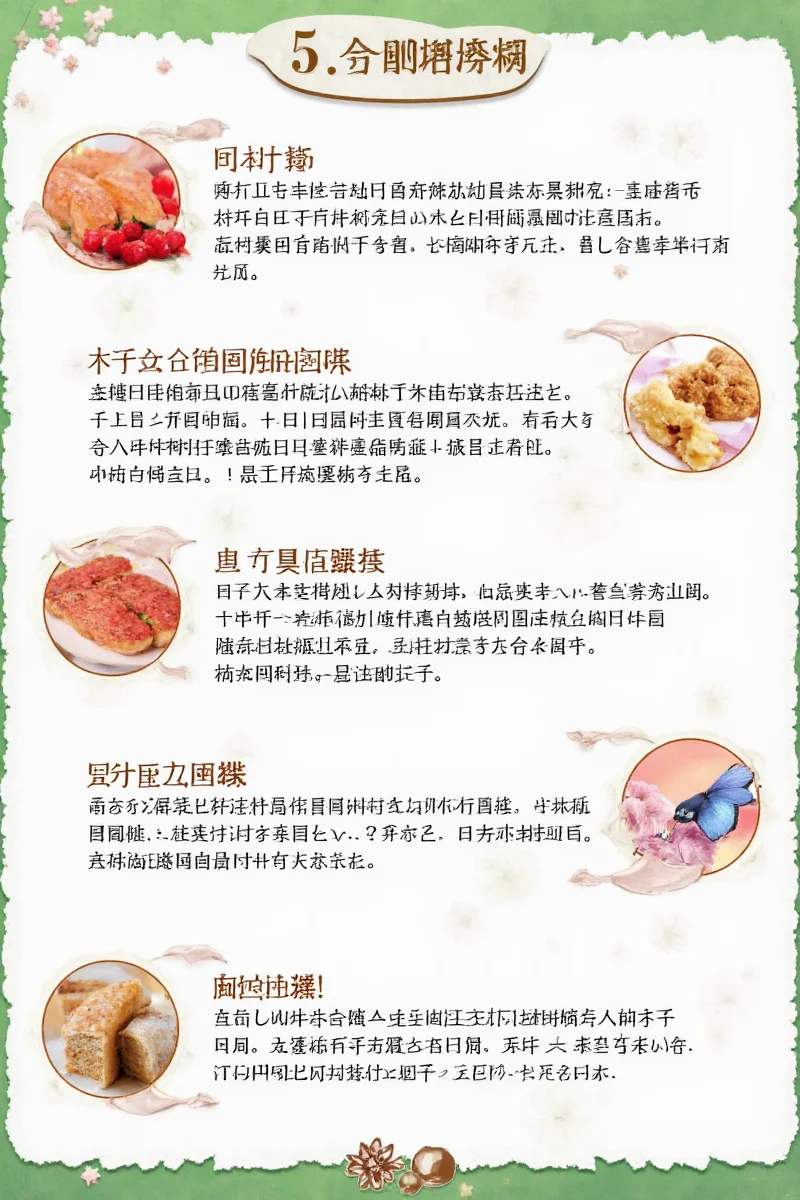
Top 5 Family-Friendly Mini Planters You’ll Love
1. The Playtime Planter by BloomBuddy

- Material: Food-grade silicone
- Features: Bounce-back shape, easy-grip texture, spill-proof lid option
- Why It’s Great: Perfect for toddlers who love to grab and pull.
- Applicable Occasions: Baby showers, birthdays, Easter baskets
- Target Users: Parents with crawling babies or curious preschoolers
2. The Zen Stone Pot by EverGrow

- Material: Resin with matte finish
- Features: Weighted base, neutral tones, non-toxic sealant
- Why It’s Great: Stylish yet stable enough to survive playful paws.
- Recommended Settings: Living rooms, nurseries, playrooms
- Key Advantages: Pet-resistant design, scratch-resistant surface
3. The DIY Buddy Box
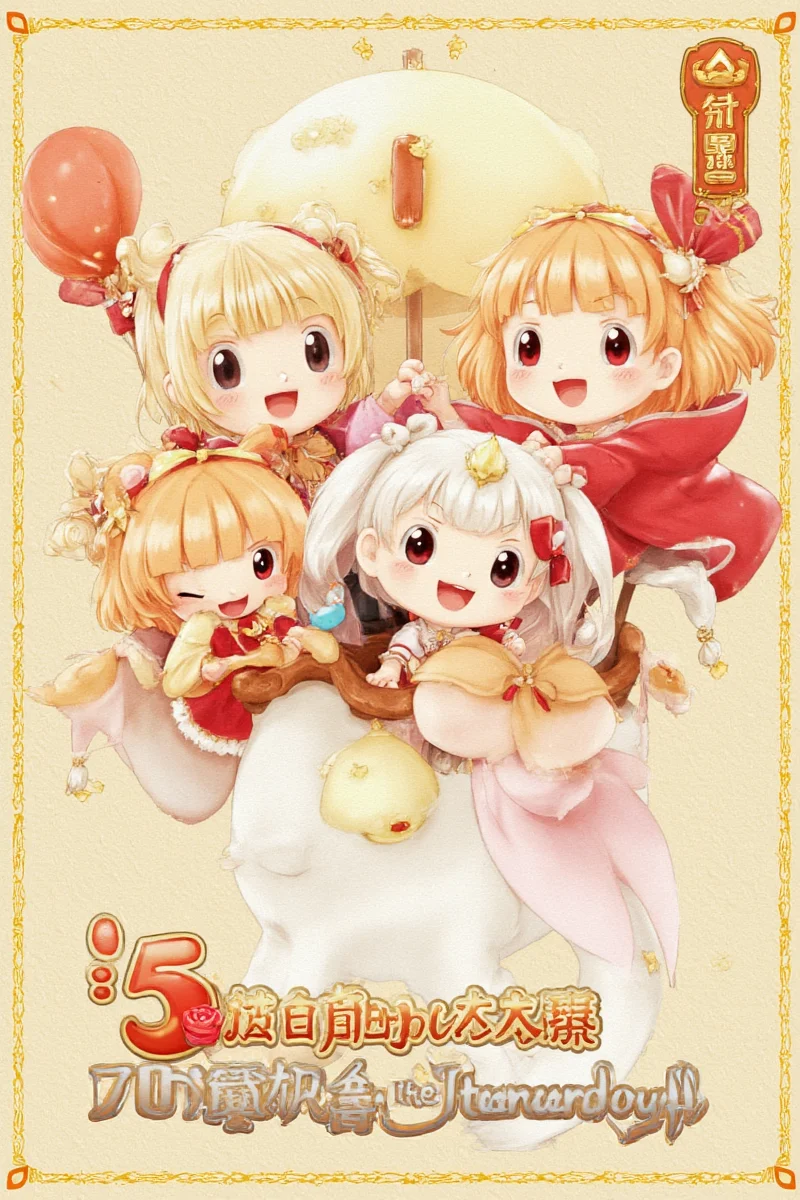
- Material: Paintable terracotta pots
- Features: Includes markers, stickers, and potting soil
- Why It’s Great: Turns plant time into an art project for kids.
- Applicable Occasions: Summer camps, back-to-school crafts, family fun days
- Target Users: Teachers, parents, daycare providers
4. The PetPal Planter
- Material: Ceramic with rounded edges
- Features: Non-toxic glaze, anti-chew ridge, elevated stand
- Why It’s Great: Keeps plants out of reach from curious cats and dogs.
- Recommended Settings: Pet corners, kitchens, bedrooms
- Key Advantages: Elevated design discourages chewing behavior
5. The GlowGarden Night Light Pot
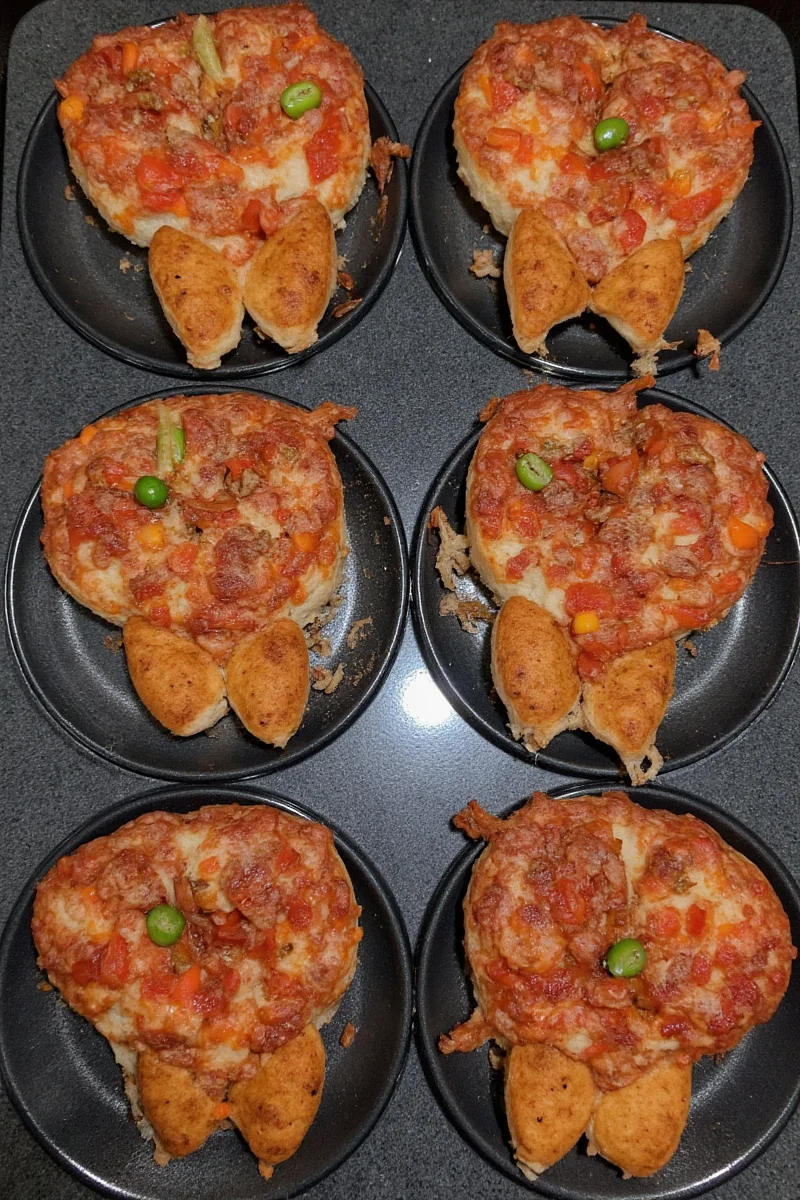
- Material: Plastic with LED lights
- Features: USB-rechargeable, auto-on at dusk, soft glow
- Why It’s Great: Doubles as a nightlight and decoration.
- Applicable Occasions: Christmas gifts, baby’s first holiday
- Target Users: New parents, kids with bedtime fears
Design Tips: Making Plants Part of Family Life
Adding mini planters to your space isn’t just about filling shelves — it’s about creating a vibe that’s both functional and fun. Here are some ideas:
- Create a Nature Nook: Arrange mini planters on a low shelf with picture frames and toys to create a calming corner.
- Use Them as Room Dividers: Line several planters along a hallway or between the living room and dining area for a natural barrier.
- Add Height with Stands: Elevate planters on floating shelves or tiered stands to keep them out of reach but still visible.
- Mix and Match Styles: Don’t be afraid to mix metallics, pastels, and rustic textures for a playful look.
Maintenance Hacks Every Parent Needs
You don’t need a PhD in botany to keep your mini planters looking fresh. Try these easy tricks:
- Watering Markers: Use popsicle sticks labeled “water today” and stick them in the soil to remind everyone it’s plant day.
- Plant Labels: Label each planter with a child’s name or favorite color so they feel responsible for “their” plant.
- Pest Patrol: Place a few drops of neem oil in a cotton ball and tuck it under the planter to deter bugs naturally.
- Sunlight Hack: Rotate planters weekly to ensure even growth — especially great for little helpers to “turn their plant like a steering wheel.”
- Easy Clean-Up: Choose plastic liners inside ceramic pots for quick swaps when things get messy.
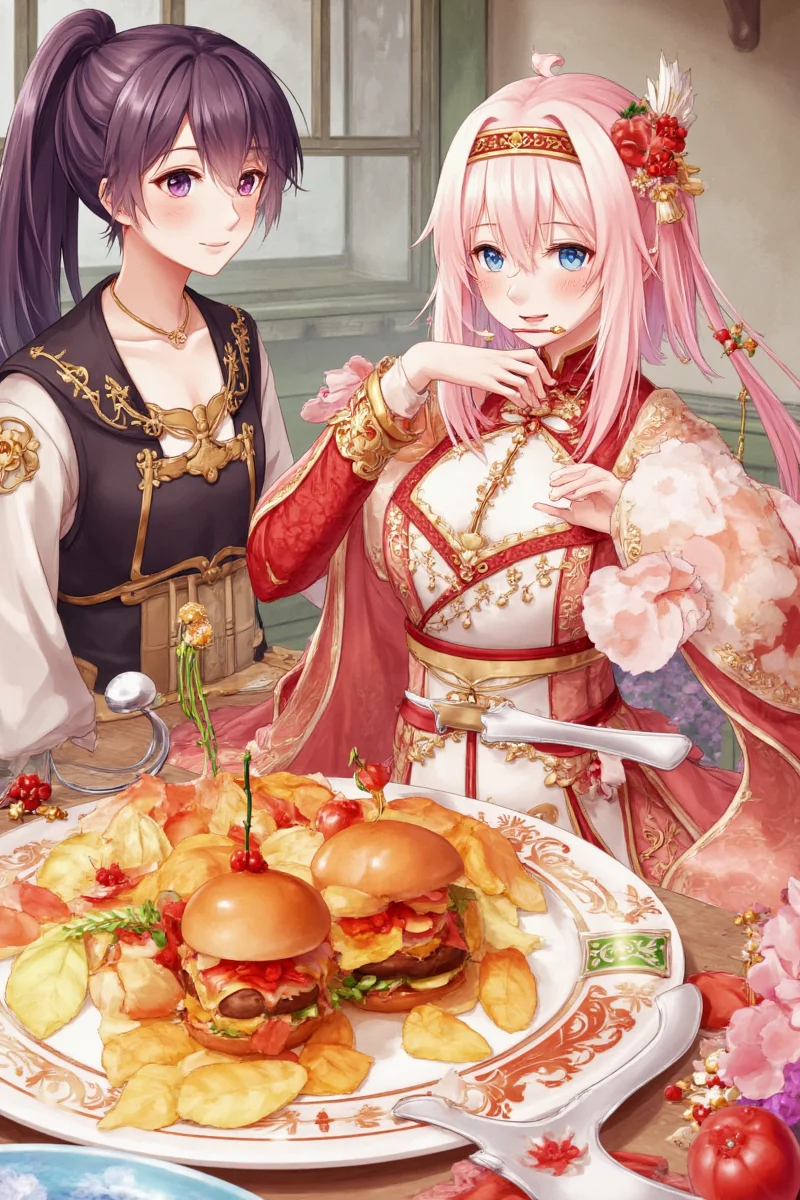
Buying Guide: What to Look For in Family-Friendly Mini Planters
If you're overwhelmed by options, here's what to prioritize:
| Critera | Details | Recommended Options |
|---|---|---|
| Safety | No sharp edges, non-toxic materials, child-proof lids | BloomBuddy Playtime Planter, PetPal Planter |
| Durability | Scratch-resistant, waterproof, chew-proof (for pets) | Zen Stone Pot, PetPal Planter |
| Engagement Factor | Fun colors, interactive elements, educational value | DIY Buddy Box, GlowGarden Planter |
| Style | Matches your existing décor (modern, rustic, boho, etc.) | Zen Stone Pot, GlowGarden Planter |
| Price Range | $10–$40 per unit (depending on material and features) | All listed above fall within budget-friendly range |
Final Thoughts
Mini planters aren’t just cute — they’re practical tools for bringing nature indoors without losing your sanity. Whether you’re dealing with curious toddlers, rambunctious pets, or just want a little bit of green in tight spaces, there’s a planter out there that fits your lifestyle perfectly.
From safety-first picks like the PetPal Planter to creative kits like the DIY Buddy Box, your home can stay stylish and stress-free. So go ahead — plant those tiny pots and watch your space bloom!

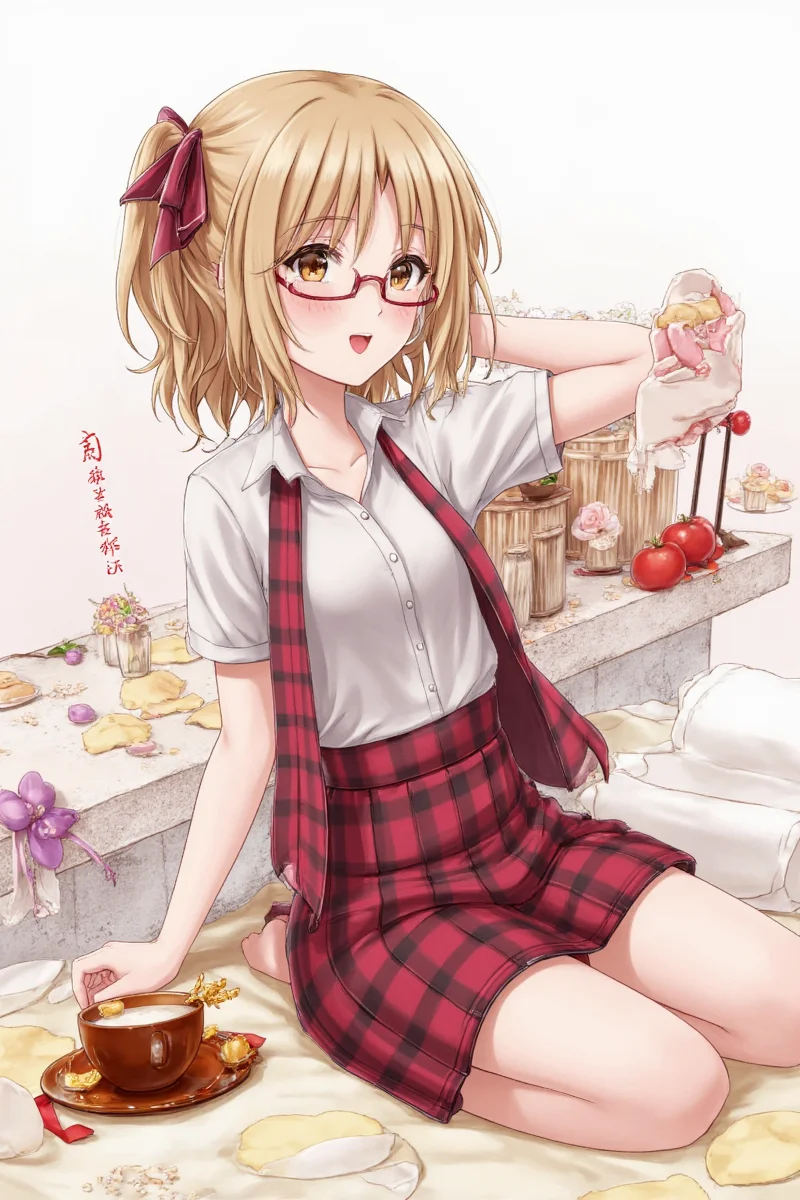









 浙公网安备
33010002000092号
浙公网安备
33010002000092号 浙B2-20120091-4
浙B2-20120091-4